Ever walked into a space and felt something just worked — but you couldn’t quite put your finger on why? It might just be the lighting.
More specifically… the hidden lighting design.
While pendant lights and chandeliers steal the spotlight, it’s the subtle glow of indirect light design, cove lighting, and strategically placed LED strips that can completely transform the vibe of a room.
And the best part? You don’t need a massive renovation to pull it off.
In this guide, we’ll walk you through the top ambient lighting ideas that add depth, drama, and warmth — without anyone seeing the source. Whether you’re renovating, redecorating, or building from scratch, these hidden lighting techniques are a game changer.
What Is Hidden Lighting Design?
Let’s start with the basics.
Hidden lighting refers to fixtures that are placed in a way that conceals the light source itself — but allows the light to softly diffuse into the space. The result? A gentle, flattering glow that feels high-end and well thought-out.
This isn’t about flashy or harsh lighting. It’s about creating atmosphere and mood through design.
Common types include:

- Cove lighting (placed near ceilings or ledges)
- LED strip lights (tucked under cabinets, stairs, or behind mirrors)
- Recessed lights (with diffusers or bounce surfaces)
- Floating panels or false ceilings with embedded light paths
These are all forms of indirect light design, and they’ve become essential in modern interior design — especially for luxury homes.
Why Use Hidden Lighting in Interior Design?
It’s not just about looks (though let’s be honest — the glow is gorgeous).
Here’s why hidden lighting design is one of the smartest interior upgrades you can make:
- Creates depth and dimension in flat spaces
- Softens the environment, making rooms feel cozy and inviting
- Eliminates harsh shadows, especially in rooms with mirrors or glass
- Highlights architectural elements like wall textures, beams, or artwork
- Makes small spaces appear larger by drawing the eye upward or outward
Plus, with LED strips and smart tech, it’s easier than ever to install, customize, and control hidden lighting to suit any mood or time of day.

-
Cove Lighting for Ceilings: The Soft Glow From Above
Let’s talk about cove lighting — one of the most popular hidden lighting styles right now.
What Is Cove Lighting?
It’s a form of indirect light design where lights are tucked into a ledge, recess, or false ceiling to bounce light off the ceiling or upper wall. Think of a soft glow gently wrapping the room — no visible bulbs, no hanging fixtures.
Why It Works:
- Gives your space a “floating” ceiling look
- Perfect for living rooms, bedrooms, and hotel-style bathrooms
- Works beautifully with dimmers and smart bulbs
- Ideal for minimalist or modern interiors
You’ll often see cove lighting paired with recessed lights or pendant fixtures, creating layers of light that elevate the room.
-
Under-Cabinet LED Strips: Kitchen Goals
One of the simplest — and most functional — ways to integrate hidden lighting design is in the kitchen.
LED strips under upper cabinets provide task lighting for counters without the bulk of traditional fixtures. Plus, it makes your kitchen feel sleeker, newer, and more inviting.
Why It’s Smart:
- Adds direct light where you prep food (without overhead glare)
- Doubles as nighttime ambient lighting
- Looks clean, modern, and high-end
💡 Want more ideas like this? Check out our guide to Kitchen Lighting Under Cabinets for inspiration.
-
Bathroom Backlighting: Glow-Up Your Mirror
Nothing says luxury like a softly backlit mirror. It’s an easy ambient lighting idea that instantly adds a spa-like vibe.
How to Use It:
- Add LED strips behind circular or rectangular mirrors
- Pair with cove lighting on ceilings for a layered glow
- Use warm tones for a more flattering reflection (cool light can be harsh)
This is especially effective in modern bathrooms with floating vanities, large tiles, or marble finishes.
-
Staircase and Floor Lighting: Subtle but Stunning
Want to take your home’s aesthetic up a notch? Light your steps — literally.
Adding LED strips or recessed floor lights along staircases gives off a warm, directional glow. It’s perfect for safety and style, especially in dimly lit homes.
Benefits:
- Adds a futuristic, designer look
- Guides movement at night without harsh ceiling lights
- Makes narrow hallways or stairwells feel more open
This hidden lighting technique is great for ambient lighting ideas in duplexes, villas, or homes with split levels.

-
Floating Shelves & Furniture: Designer Details
Another creative way to use hidden lighting design? Install LED strips behind or beneath furniture.
Think of:
- Floating shelves with backlight to highlight books or art
- TV units or entertainment consoles glowing from behind
- Platform beds or sofas with underlighting to create a “hovering” effect
These touches add a sense of luxury and sophistication — without being loud or over-the-top.
-
Accent Walls and Architectural Features
Lighting isn’t just for ceilings and furniture. It’s a tool to show off the design features you already have.
With indirect light design, you can:
- Highlight textured walls (stone, wood, panels)
- Draw attention to built-in niches or arches
- Make artwork pop with hidden backlighting
Use warm white or dimmable LEDs to avoid a museum-like look — the goal is to create ambiance, not spotlight everything.
Pro Tips for a Flawless Hidden Lighting Setup
Choose the Right Color Temperature
Stick with warm whites (2700K–3000K) for living areas and bedrooms. Cool whites (4000K+) are better for kitchens and bathrooms — but too much can feel sterile.
Use Dimmers and Smart Controls
Hidden lighting works best when adjustable. Smart controls let you shift the mood throughout the day, from morning brightness to evening glow.
Conceal with Intent
Don’t just tape LED strips under things. Use proper channels, diffusers, and recesses to hide the source and soften the effect.
Layer Your Lighting
Hidden lighting shouldn’t be your only light source. Combine it with task and ambient lighting for flexibility and function.
Final Thoughts: It’s All About the Glow
Hidden lighting design isn’t just about where you put the lights — it’s about how the light makes you feel. These subtle, strategic techniques help you create spaces that are not only beautifully lit but emotionally comforting and aesthetically balanced.
Whether you’re upgrading a single room or planning a full home refresh, don’t underestimate the power of indirect light design. When done right, it’s the kind of detail that makes a home unforgettable.
Ready to light up your space?
Let Pinnacle Studio help you bring modern ambient lighting ideas to life with custom design and expert execution — right here in Dubai.
And don’t forget to check out:
👉 Kitchen Lighting Under Cabinets for more real-world inspiration.


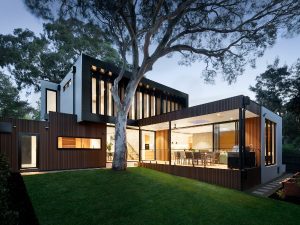
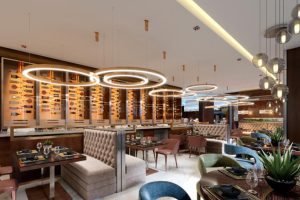
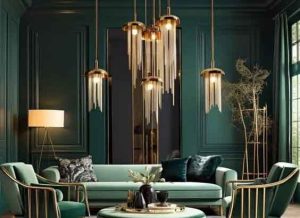
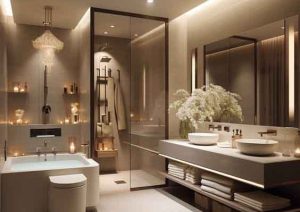
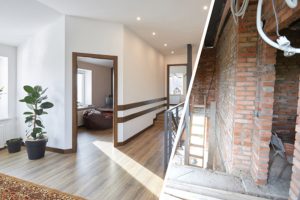
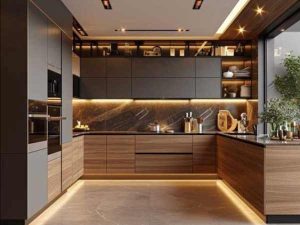

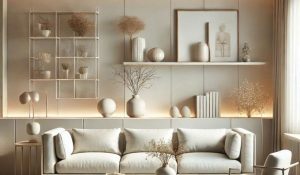
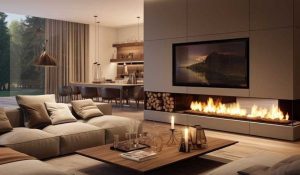
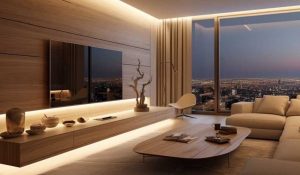
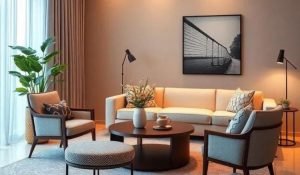
0 Comments